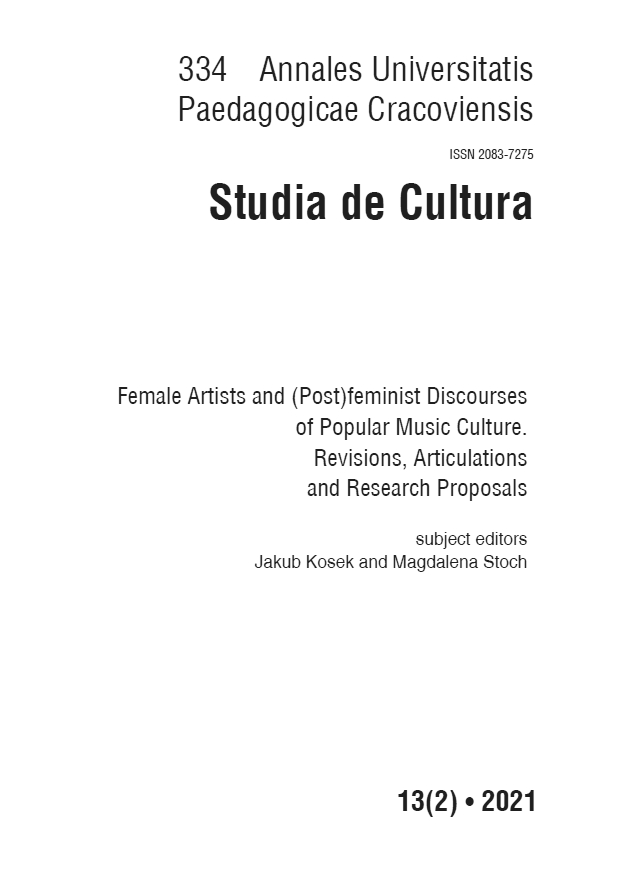Abstract
Popular music studies is an established direction of theoretical analyses and empirical studies devoted to popular music and related tangible and intangible culture. Although accepted as “scientifically valid” this branch of science is still dynamically developing - in an institutional and academic sense. Initiated on many continents, mainly Europe, the United States and in Asian countries, such research shows not only regional, local or national conditioning of popular music; it also points to certain global tendencies related to the fact that musicological studies became open to the issues of race, ethnicity and gender. The mentioned globalisation of musical trends is also tied to the nature of modern new media 3.0, which function as spaces and channels of communication and also participate as important components of music events, post-modern tools of promoting and commercialising musical culture. Just as in other culture studies, popular music studies show various academic approaches, all connected with the interdisciplinary character of the undertaken reflection. It is oriented on examining particular texts, the social and political contexts for their emergence, motivations and specific actions undertaken by music creators and recipients, along with analysing the financial conditions surrounding the functioning of the entire music industry. Therefore, this polyphonic discourse of science and meta-criticism finds room for representatives of language studies and musicology, social sciences (mainly sociology, anthropology, ethnography, and economics), media and communication experts. Recently, they were joined by persons specialising in digital technologies, new generation artistic marketing and social activism. As a result, all of the known “cultural turns” are reflected in musicological research, including the (post)feminist and transhumanist perspectives. The authors of the articles collected in this volume try to successfully break the patriarchal and mainly text-oriented model of (researching) popculture. Simultaneously, they attempt - by means of their analyses - to undermine the traditional image of this important sector of the music industry and the very culture en elobe, still existing in the collective consciousness and cultural imagination. By employing critical methods of discourse analysis and specific social and cultural practices related to the modern music scene, they discover, “map” and “enlighten” areas previously unknown and underappreciated. Those regard, to a large extent, the female artists on the modern music scene and the role of music in empowering women who “speak with their own voice,” “hold unique experiences,” “use new means of expression,” which is a process of becoming more compatible with their own lives. The articles also feature references to key aspects of analysing popular culture, such as strategies of using and consuming it, including research on the auditorium, conditions within the music industry, creative practices, the so-called songwriting, music scene heritage and cultural memory, mediations and representations as well as key media and technologies. I cordially invite you to read this volume.
References

This work is licensed under a Creative Commons Attribution-NonCommercial 4.0 International License.

